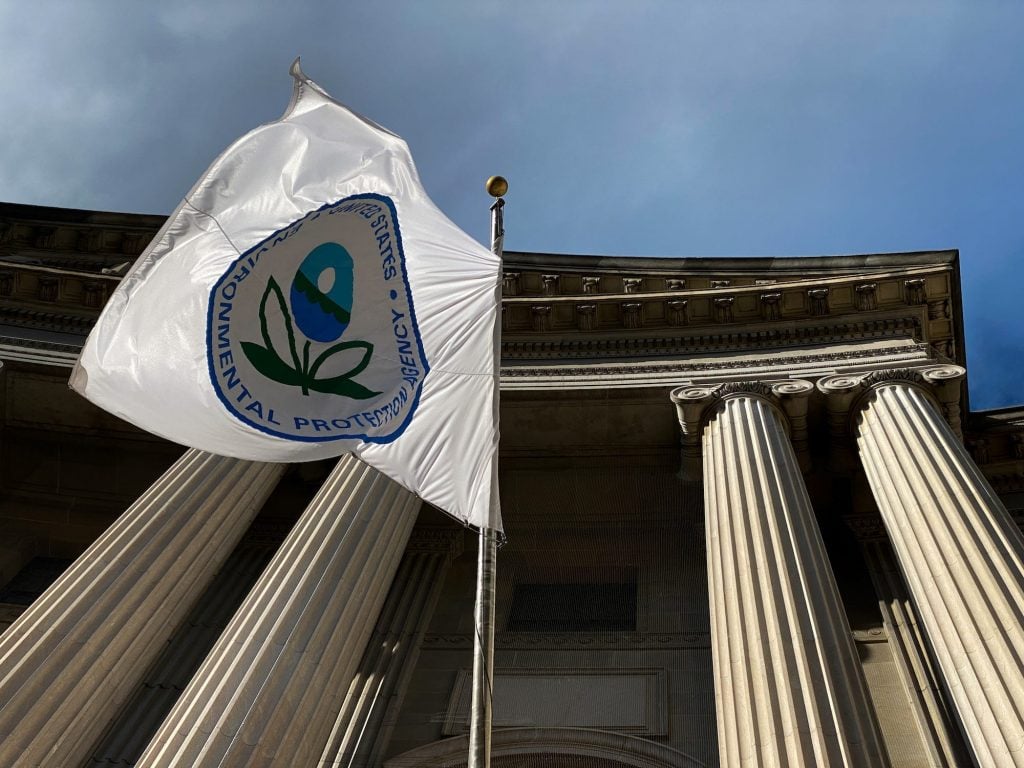- The Supreme Court ruled in the case of West Virginia v. Environmental Protection Agency on Thursday.
- The court says the EPA can't make power plants switch to sustainable energy sources under the Clean Air Act.
- EPA can still regulate greenhouse-gas emissions, but the decision opens federal agencies to more lawsuits.
The Supreme Court dealt a blow to US efforts to limit climate change on Thursday, but it stopped short of completely blocking such efforts.
Partially siding with conservative states and fossil-fuel companies on the case of West Virginia v. Environmental Protection Agency, the court offered a narrow interpretation of the Clean Air Act. In an opinion delivered by Justice John Roberts, the court ruled 6-3 that the EPA cannot require power plants to shift away from fossil fuels to lower-emission forms of energy.
The decision limits the EPA's ability to drastically cut greenhouse-gas emissions and facilitate a transition to more sustainable energy systems. But it does not prohibit the agency from regulating greenhouse-gas emissions under the Clean Air Act in order to prevent catastrophic levels of climate change, according to Tom Lorenzen, who previously spent a decade managing the legal defense of EPA rules at the Justice Department.
"There is continuing uncertainty, and there will certainly be litigation over how far EPA can go. But this is not the decision that the petitioners were looking for," Lorenzen told Insider.
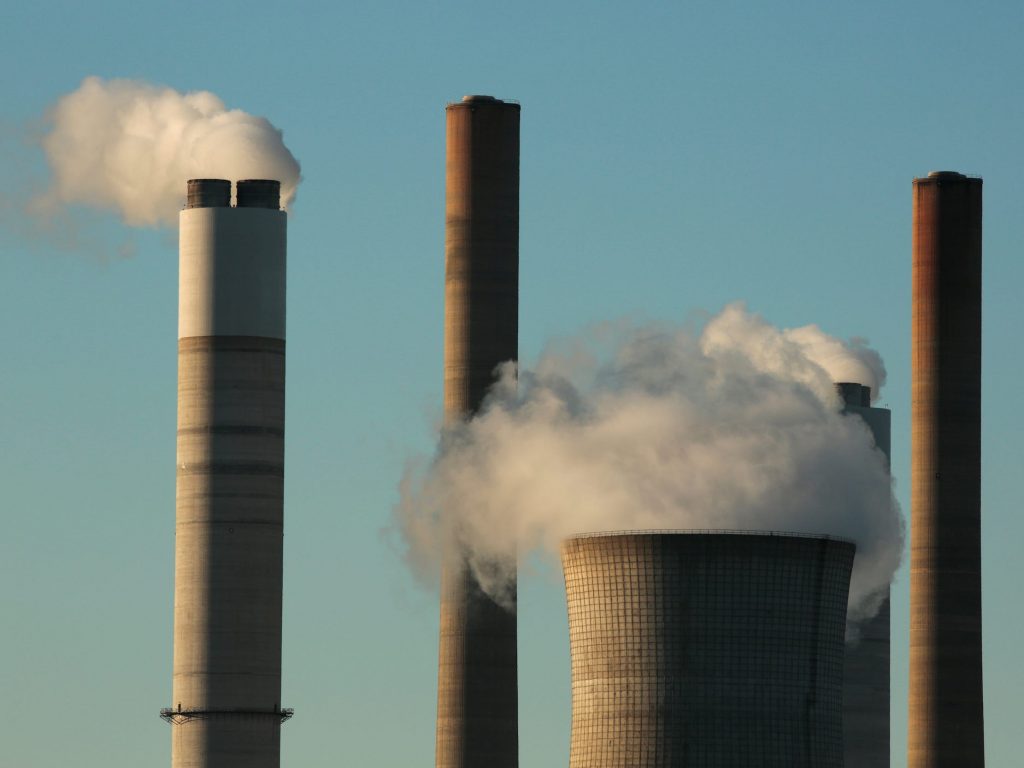
"My big fear was that EPA was going to have no authority to regulate greenhouse gases. EPA still has ample authority to do that," he said.
However, the decision could hinder all kinds of federal regulation going forward. It enshrines a new principle called the "major questions doctrine," which says that federal agencies can't make decisions about questions of major economic or political significance without specific, clear instructions from Congress. It's up to courts to determine which questions are major enough to require this level of congressional guidance.
That doctrine opens the door for challenges to regulations across US agencies — rules for healthcare, workplace safety, the financial sector, or telecommunications, for example. Challengers could argue that Congress, rather than the experts who work at federal agencies, should provide hyperspecific guidance on those topics.
"We are a very complex society, and it is virtually impossible for Congress to address all those complexities down to the smallest detail in statute. So the argument against this is it would basically paralyze the federal government," Lorenzen said.
Indeed, the dissent from Justice Elena Kagan, signed by Stephen Breyer and Sonya Sotomayor, argued that the ruling could paralyze climate action.
"The stakes here are high," Kagan wrote, adding, "The Court appoints itself — instead of Congress or the expert agency — the decisionmaker on climate policy. I cannot think of many things more frightening."
How did this case end up in front of the Supreme Court?
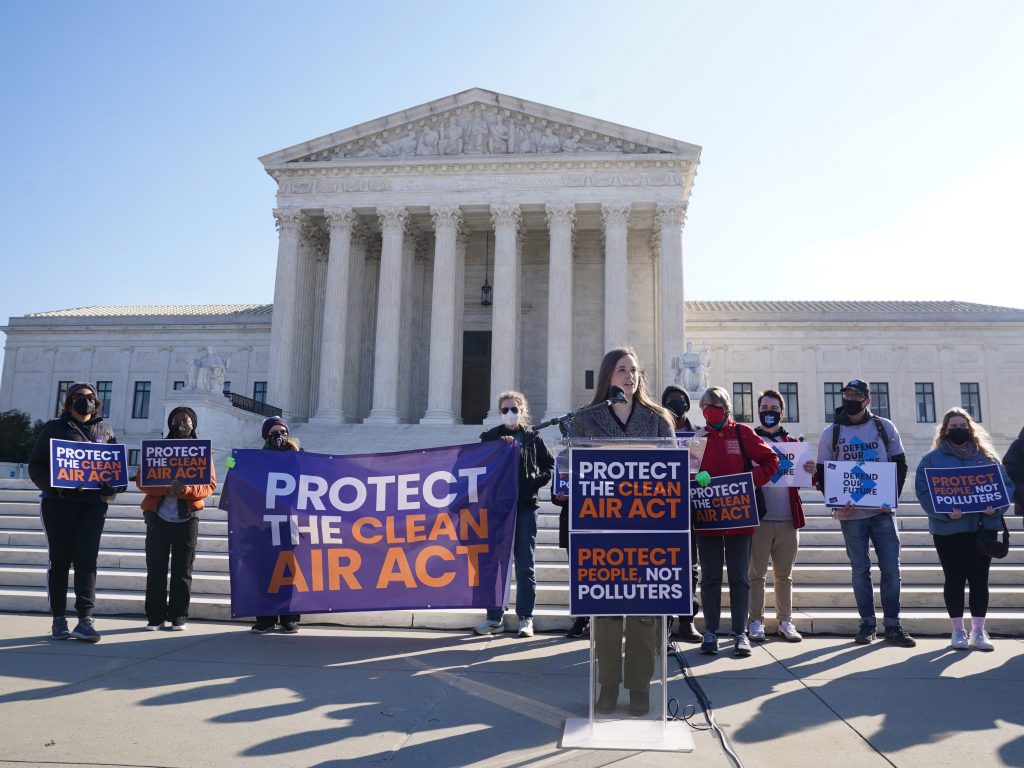
Legal experts have been asking the same question.
The dispute began with the 2015 Clean Power Plan, announced by former President Barack Obama, in which the EPA would require many coal-fired power plants to shift to energy sources with lower emissions, like gas, solar, or wind power. The agency's authority to do so came from the Clean Air Act of 1970.
In 2019, however, former President Donald Trump's EPA repealed the plan and replaced it with the more relaxed Affordable Clean Energy Rule, which simply imposed rules to make power plants more energy-efficient.
That didn't last long. In January 2021, the DC Circuit Court of Appeals determined that the Trump rule was a misinterpretation of the Clean Air Act — it was too weak.
Before President Joe Biden's EPA could set forth its own rules, attorneys general from 19 states, led by West Virginia — and a handful of coal companies — pushed for the Supreme Court to review the lower court's decision.
To the surprise of many legal experts, the court accepted the case, despite having no active regulation to rule on.
"There's no regulation under the Trump rule. There's no regulation under the Obama rule. What is the court reviewing?" Lorenzen said.
That's why some legal experts, including Lorenzen, have said there's no constitutional reason for the Supreme Court to have taken this case in the first place.
Many of the attorneys general behind the case are fueled by donors who also supported the nomination and confirmation of five of the current Supreme Court justices — John G. Roberts, Samuel A. Alito Jr., Neil M. Gorsuch, Brett M. Kavanaugh, and Amy Coney Barrett — The New York Times reported. All five of those justices co-signed Thursday's ruling.
What exactly did the Supreme Court decide?
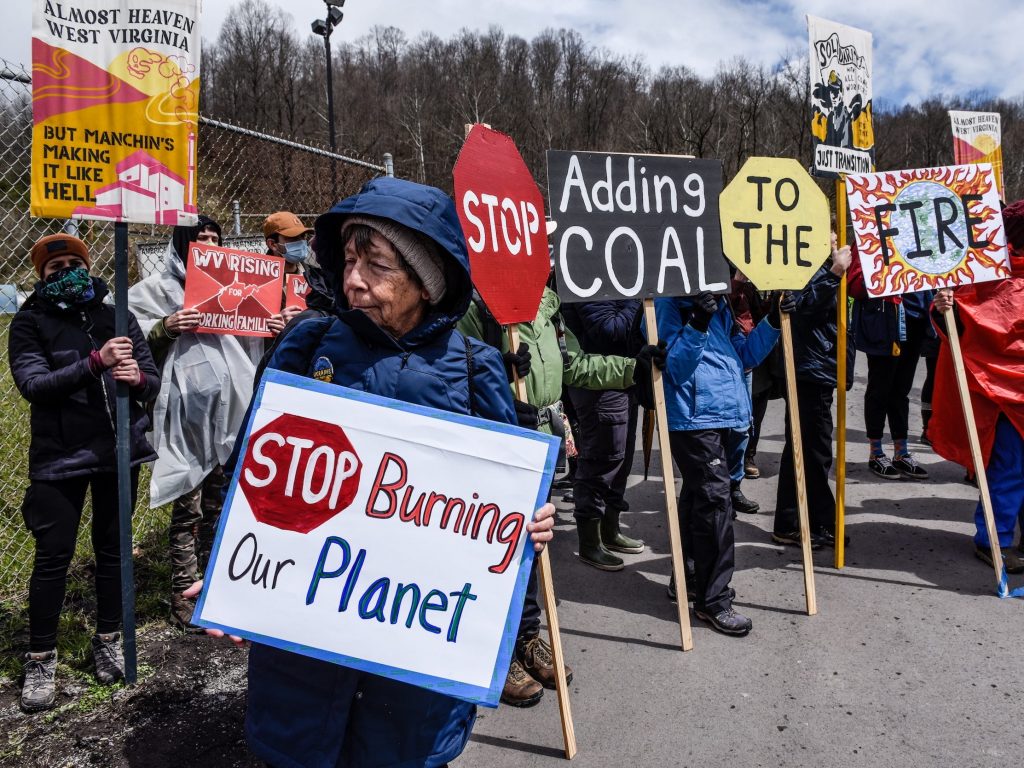
The Supreme Court invoked the major questions doctrine to say that EPA doesn't have the authority to cap the power industry's carbon-dioxide emissions at a level that forces it to transition to more sustainable forms of energy. The court argued that Congress did not specifically give EPA the authority to implement such rules, which is necessary under the major questions doctrine.
"If an issue is a big deal, they expect Congress to be explicit about it," Lorenzen said.
However, he added, "There's no plain test for identifying when a regulation is that important."
Under the major questions doctrine, challengers can argue that agencies can't enact regulations without hyperspecific guidance from Congress. In the future, that could mean more regulations are decided by Congress, rather than by the experts in federal agencies, and it could get more regulations caught up in court.
That's what the Supreme Court was really deciding in its session, Lorenzen said: How much authority should be given to federal agencies, as the executive branch of government?
"This is really a fight about executive power, and the climate is the collateral damage," Ed Carr, who studies climate adaptation at Clark University in Massachusetts, told Insider.
In the case of the EPA, the court only ruled that the major questions doctrine applies to regulations about which types of fuel power plants use to generate energy. So the EPA may not be able to require power plants to shift to renewable energy, as it tried to under Obama's Clean Power Plan.
"They have left the door open for EPA to do potentially much more than the Affordable Clean Energy Rule promulgated by the Trump administration," Lorenzen said. "In fact, that dissent takes the majority to task for not defining what the limits on EPA's authority are."
What does this mean for the environment?
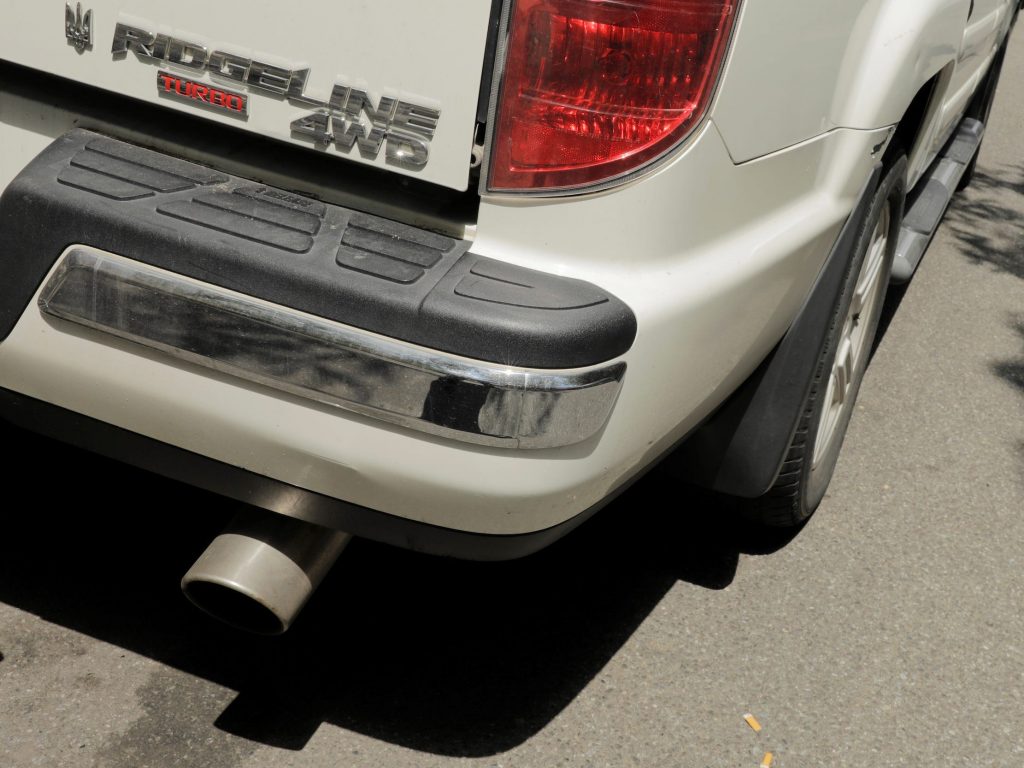
This decision isn't the death knell for US climate goals that many experts feared. It leaves room for the EPA to enact new regulations that would reduce greenhouse-gas emissions.
The Supreme Court's decision to take this case in the first place may have slowed federal climate action, though. Now the Biden administration's EPA must act quickly to enact a new set of regulations in the two years before a new administration could take over.
Though the US has been slowly reducing emissions for about a decade, it is still the world's second-biggest emitter of greenhouse gases.
In April, the United Nations' Intergovernmental Panel on Climate Change warned that the world must reach its emissions peak and begin reducing its output of greenhouse gases immediately, in order to avoid warming the planet more than 1.5 degrees Celsius above the preindustrial standard.
Failure to drastically cut emissions could lead global temperatures to rise more than 2 degrees Celsius, causing further mass animal and plant extinctions, significant increases in the frequency and severity of heat waves and droughts, and tipping points that could lock in even greater levels of warming.
Emissions must peak by 2025 at the latest, according to the hundreds of scientists who authored the report — though some authors argued that we don't even have that much time.
If the court had ruled that the EPA couldn't regulate greenhouse-gas emissions, Carr said it would have ended "any real hope of staying under 1.5 [degrees]."

